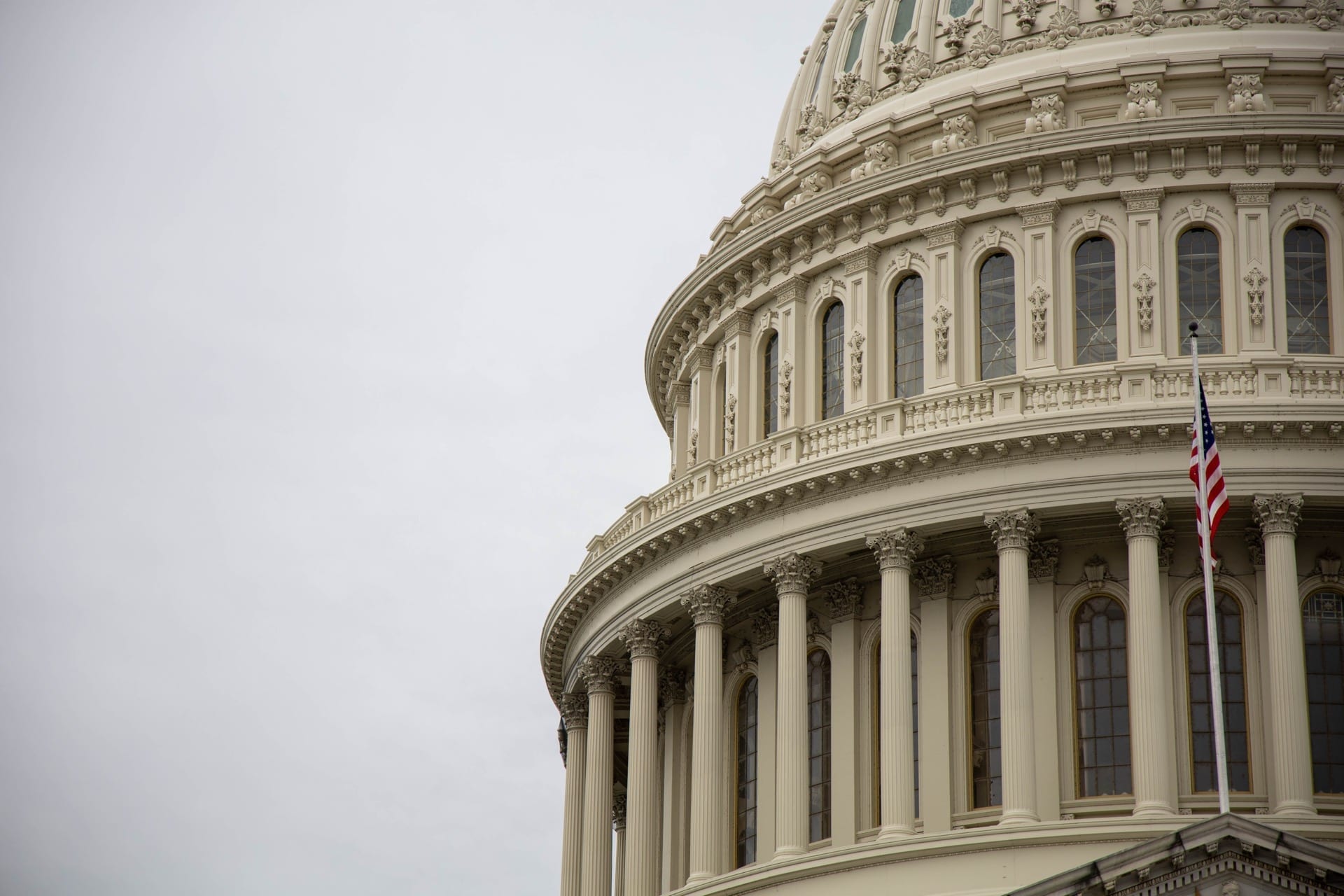Democracy Corps, along with partners at Campaign for America’s Future and Women’s Voices. Women Vote Action Fund, conducted election night and day-after interviews among those who voted this week to probe attitudes about why they made the choices they made in this election, what they expect of their leaders, and what their priorities are for the period ahead.
The most important issue is that this election was a battle for the middle class. Both candidates wanted to make the future of the middle class a central part of their campaigns. In the convention and the final weeks of the campaign, Obama turned to a narrative about the future of the middle class and it made him much stronger electorally. Romney began talking about the middle class in a serious way, particularly in the first debate, and made it his closing argument. So that’s where the battle was.
Republicans could not win the battle for the future of the middle class. Republicans have a major brand problem that they will need to address if they are to win future elections. It’s pretty clear that to most voters, what defines the Republican Party and Mitt Romney is that they are totally for the rich and out of touch with average people, which is key when you have an election about the middle class.
Our survey data shows that Obama had a 9-point advantage over Mitt Romney on which candidate would do a better job at restoring the middle class, which is 3 times that of his advantage in the election. That’s what gave him his ability to get a vote majority. This was also an election about Medicare, and the President ended up with an 11-point advantage on Medicare.
If this was an election about the middle class, what moved the agenda moving forward? The starting point was creating jobs and getting the economy going. Half of all voters said that the most important thing leaders should focus on was jobs and the economy. The next top two priorities, relatively even at 40 percent, were reducing the deficit and protecting middle class retirement benefits like Medicare and Social Security. The most important piece here is that the top priority is not the deficit. It’s creating jobs. By more than a 2-to-1 margin, voters said that the biggest priority after the election is to work to grow the economy rather than work to reduce the deficit.
And when we asked voters the reasons why they voted for Obama, the most important reasons were his economic actions—that he brought us through economic crisis, his jobs plan, and commitment to social insurance—the Affordable Care Act, Medicare, and Social Security. But above all, jobs and the economy for the middle class. Conversely, Mitt Romney lost because he was not a believable caretaker of the future of the middle class. The strongest theme in voters’ reasons to vote against Romney all centered on the fact that he was out of touch with ordinary people and for the rich—because of his comment about the “47 percent,” corporate policies, and support for more tax cuts for the wealthy.
It is not surprising that these economic concerns were front and center for the Rising American Electorate of unmarried women, young people, and minorities, which grew as proportion of the population in this election, and grew as base voters for Obama. They now form almost half the electorate, and that’s why Obama was able to win. For those voters, the two top issues by far in terms of advancing middle class was creating jobs and protecting retirement benefits. For those who gave this election to the president, it’s clear what their priorities are—on restoring the middle class.
Barack Obama won because he recognized this New America of unmarried women, minorities, and young people. The President managed just 39 percent of the white vote in a tough economy, but won both the popular vote and an Electoral College landslide by energizing voters we describe as the Rising American Electorate. These voters—unmarried women, young people, Hispanics and African Americans — not only delivered huge margins to the incumbent—nearly matching 2008 totals among unmarried women and African Americans, exceeding 2008 among Hispanics—but also turned out in ever greater numbers. Collectively, these voters made up nearly half (48 percent) of the 2012 electorate according to national exit poll estimates, up four points from 2008 and with the biggest gain coming among unmarried.
This outcome was not inevitable. It reflects deliberative decisions by both campaigns, who made different calculations about what the 2012 electorate would ultimate look like and executed a strategy accordingly. For the first time, a national campaign ran advertising explicitly targeting unmarried women, a group who, heretofore, was too often overlooked by national candidates, despite the fact that they account for 26 percent of the voting age population. While much has been said about the gender gap in this campaign, both married men and married women voted for Romney (53 to 46 percent Romney among married women; 58 to 40 percent Romney among white married women). Barack Obama won the women’s vote and thereby won the White House by rolling up a huge margin (67 to 31 percent) among unmarried women. The marriage gap—the difference in margins between married and unmarried women—dwarfs the marriage gap by 25 points (43 and 18 percent), as it has for the last three presidential elections.


